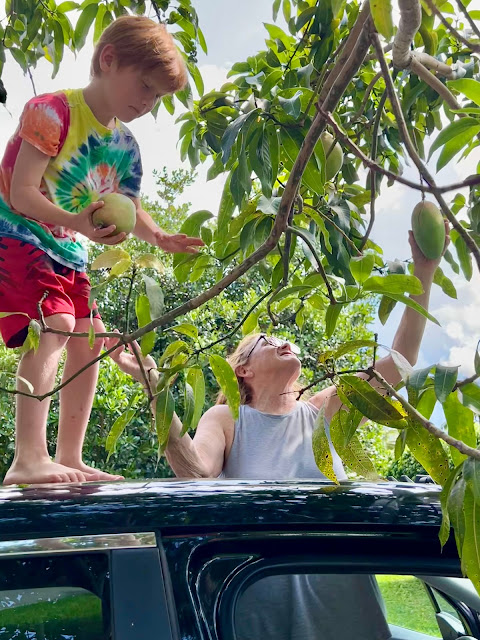While children rely on teachers for daily lessons, making safe lunches falls squarely on caregivers. Unlike cafeteria workers who regularly take food safety training, most parents preparing lunch for their kids at home or taking it to school haven’t received any formal food safety instruction. Nutrition counts, too. The lunch you’re making satisfies the hunger pangs of busy kids and fuels their cognitive abilities. Studies have shown that proper nutrition improves students’ scores, memory capacities, motor skills, social skills, and language skills. Keep them well-fed and safe with the four steps to food safety – Clean, Separate, Cook, and Chill.
- Wet your hands with clean, running water (warm or cold), turn off the tap, and apply soap.
- Rub your hands together with soap. Be sure to lather the backs of your hands, between your fingers, and under your nails.
- Scrub your hands for at least 20 seconds. Need a timer? Hum the “Happy Birthday” song from beginning to end twice.
- Rinse your hands well under clean, running water.
- Dry your hands using a clean towel.
Separate: Prevent cross-contamination by keeping raw meat and poultry away from ready-to-eat foods. When preparing perishable foods that require cutting (for example, raw bacon and raw chicken you plan to cook for salad), separate these items from fruits, vegetables, cheeses, and other foods to avoid cross-contamination.
- Cut up and prepare your raw ingredients to avoid cross-contamination when handling your ready-to-eat items for salads or other sides.
- Different colored cutting boards are a great reminder to prevent cross-contamination (you can use a green cutting board for fresh produce and another color for meat and poultry).
Cook: Have a food thermometer easily accessible to ensure you’re cooking to recommended safe internal temperatures:
- Cook whole cuts of meat, including beef and pork, to 145 degrees Fahrenheit and allow them to rest for at least 3 minutes before carving.
- Cook ground meats, like burgers and sausages, to 160 degrees Fahrenheit.
- Cook all chicken and turkey to 165 degrees Fahrenheit.
Chill: When preparing lunch ahead of time, remember that perishable foods should not be placed in the Danger Zone—temperatures between 40 and 140 degrees Fahrenheit—where bacteria multiply quickly and can make food unsafe.
- Ensure all perishable items are refrigerated within two hours of coming out of the oven or refrigerator.
- Discard food left out for more than two hours to prevent foodborne illness.
- If your child needs to carry their lunch, never pack perishable foods in a brown paper bag because they will be unsafe by lunchtime. Use an insulated, soft-sided lunch bag and add a frozen gel pack and a frozen juice box or bottle of water with the lunch.
These four steps – Clean, Separate, Cook and Chill – give parents and caregivers steps they can use to protect their children from food poisoning. Now that we’ve covered all the basics, you’re ready for the big test – hungry students!



































